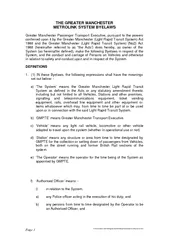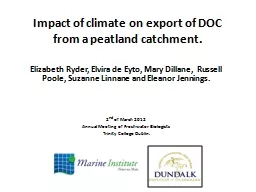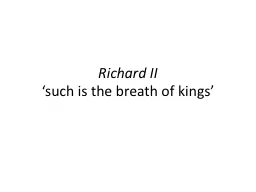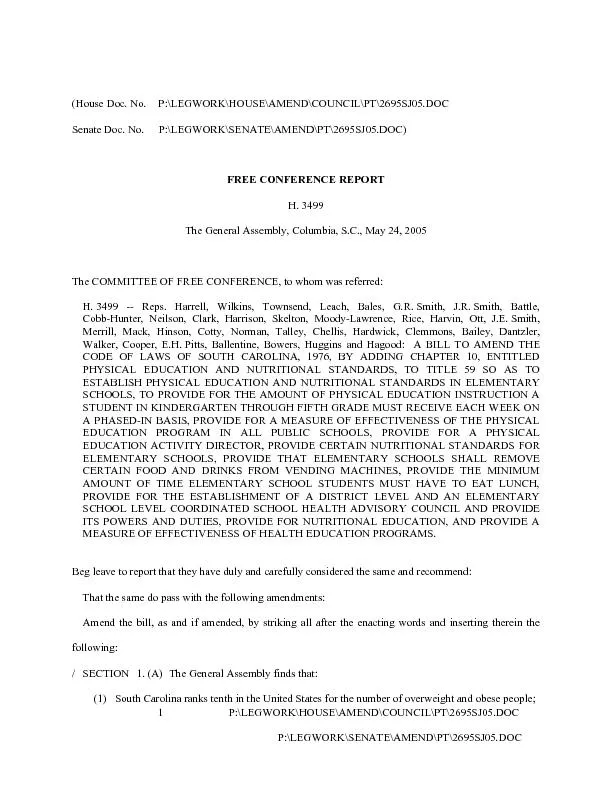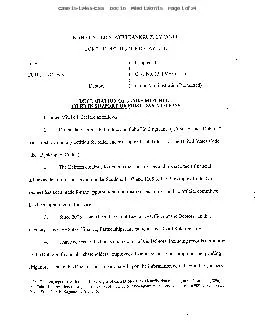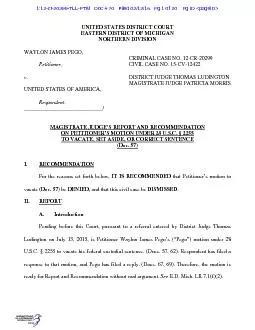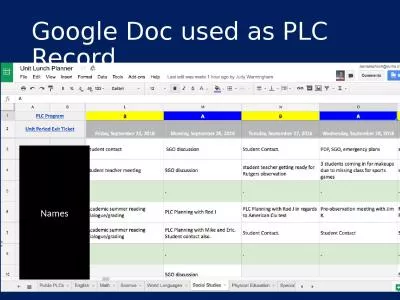PPT-Modeling the DOC Richard J. Blint
Author : faustina-dinatale | Published Date : 2018-12-18
N 2 Kinetics Research CLEERS Workshop April 21 2011 Acknowledgements William S Epling and Karishma Irani Ed Bissett Jon Brown Syed Wahiduzzaman Richard Blint
Presentation Embed Code
Download Presentation
Download Presentation The PPT/PDF document "Modeling the DOC Richard J. Blint" is the property of its rightful owner. Permission is granted to download and print the materials on this website for personal, non-commercial use only, and to display it on your personal computer provided you do not modify the materials and that you retain all copyright notices contained in the materials. By downloading content from our website, you accept the terms of this agreement.
Modeling the DOC Richard J. Blint: Transcript
Download Rules Of Document
"Modeling the DOC Richard J. Blint"The content belongs to its owner. You may download and print it for personal use, without modification, and keep all copyright notices. By downloading, you agree to these terms.
Related Documents


